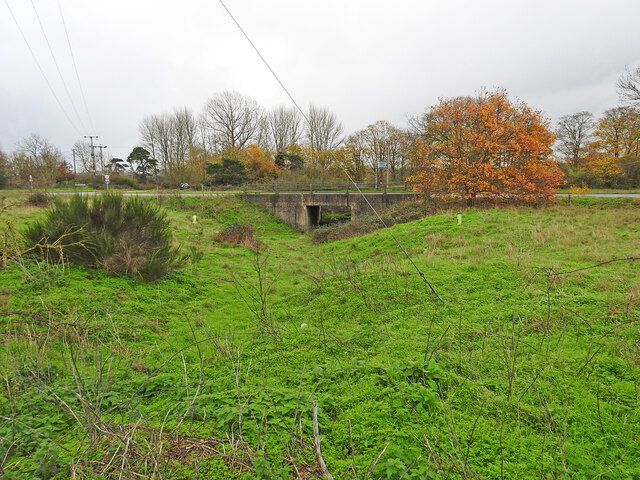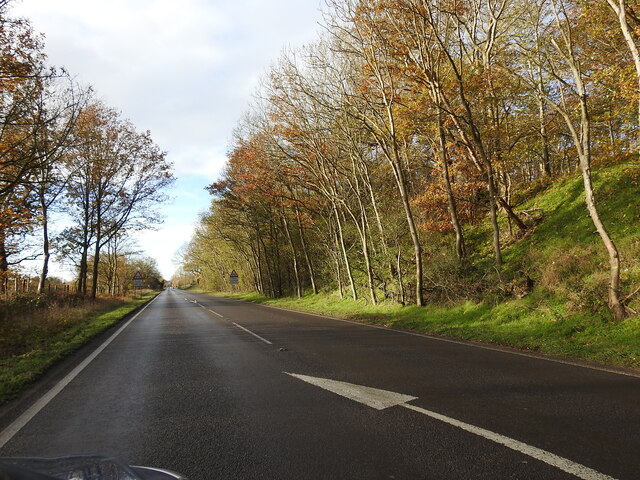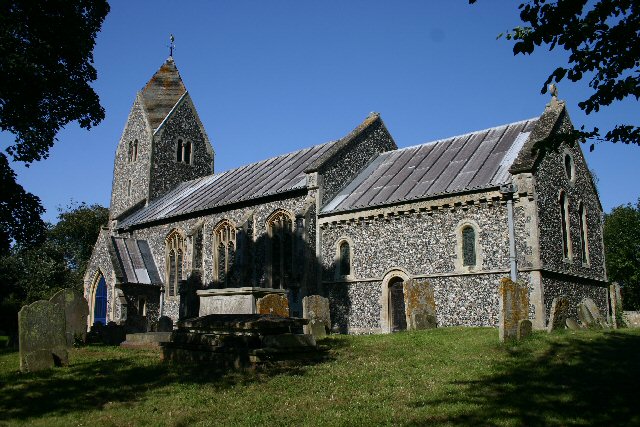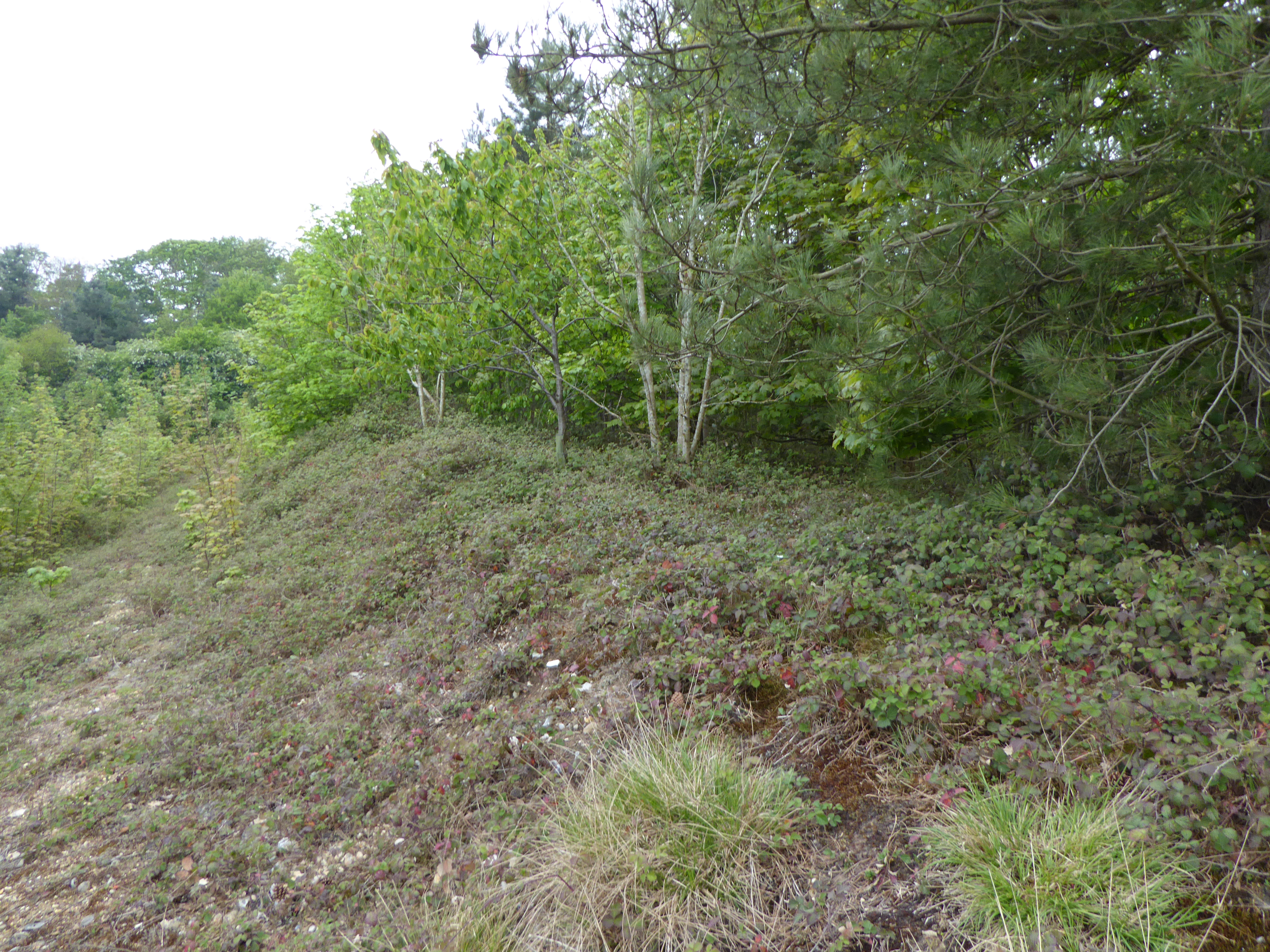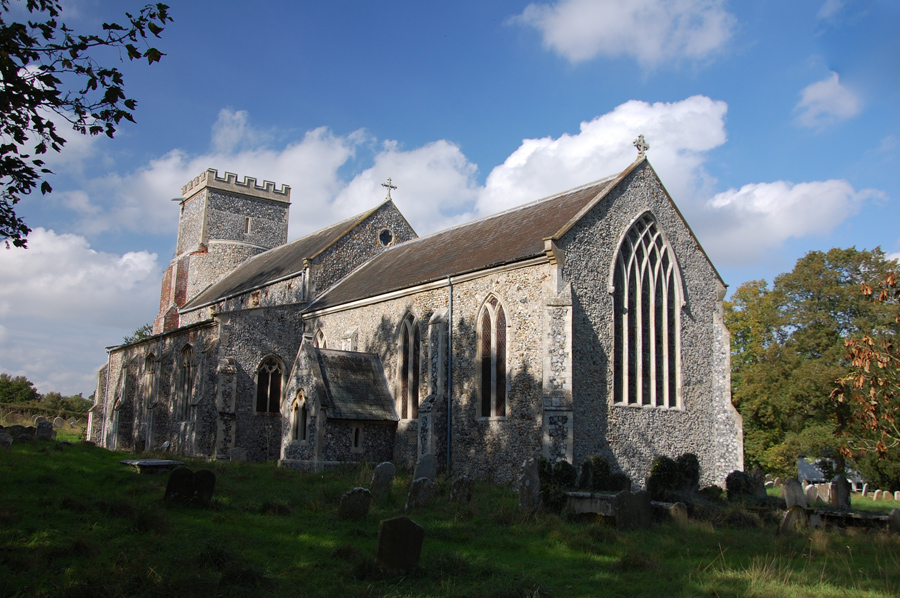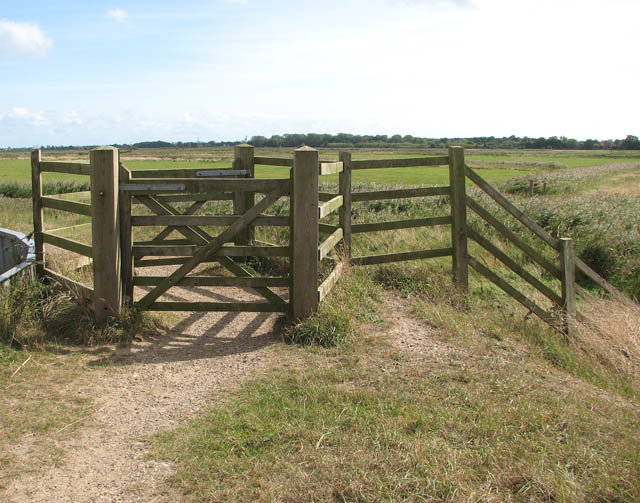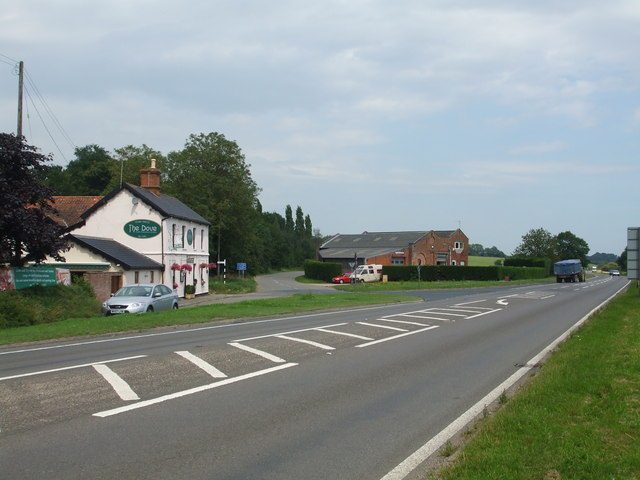Buck Plantation
Wood, Forest in Norfolk South Norfolk
England
Buck Plantation
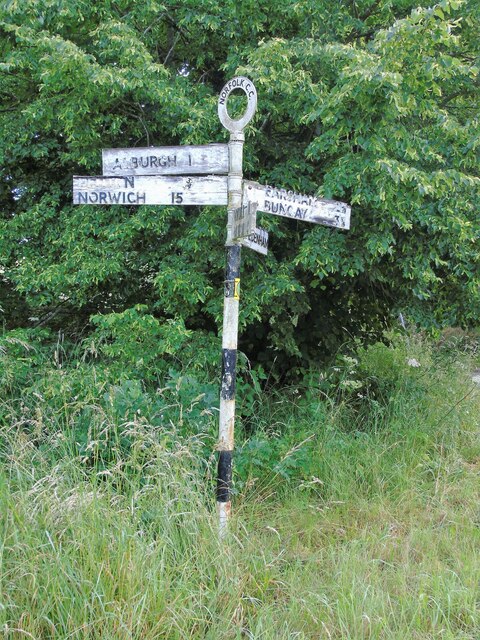
Buck Plantation is a stunning woodland located in Norfolk County, England. Covering an expansive area, this plantation is renowned for its picturesque landscape and diverse range of flora and fauna. The plantation is nestled amidst the serene countryside, offering visitors a tranquil and immersive experience in nature.
The woodland is predominantly composed of various species of mature trees, including oak, beech, and pine, which create a dense and lush forest canopy. This vibrant ecosystem supports a rich biodiversity, making it a haven for wildlife enthusiasts and nature lovers alike. It is not uncommon to spot deer, foxes, rabbits, and a multitude of bird species in their natural habitat.
Buck Plantation boasts a well-maintained network of walking trails, allowing visitors to explore the woodland at their own pace. These paths wind through the forest, offering breathtaking views of the surrounding countryside and providing opportunities for peaceful strolls or invigorating hikes. The plantation also features picnic areas, where visitors can relax and enjoy a meal amidst the sounds of chirping birds and rustling leaves.
In addition to its natural beauty, Buck Plantation also holds cultural and historical significance. The land has been privately owned by the Buck family for several generations, with parts of the woodland dating back centuries. The plantation's owners have made efforts to preserve the area's historical charm, ensuring that it remains an authentic reflection of the region's natural heritage.
Overall, Buck Plantation is a captivating destination for those seeking solace in nature or an escape from the hustle and bustle of city life. With its captivating landscape, abundant wildlife, and rich history, this woodland offers an unforgettable experience for all who visit.
If you have any feedback on the listing, please let us know in the comments section below.
Buck Plantation Images
Images are sourced within 2km of 52.437022/1.3818523 or Grid Reference TM2987. Thanks to Geograph Open Source API. All images are credited.

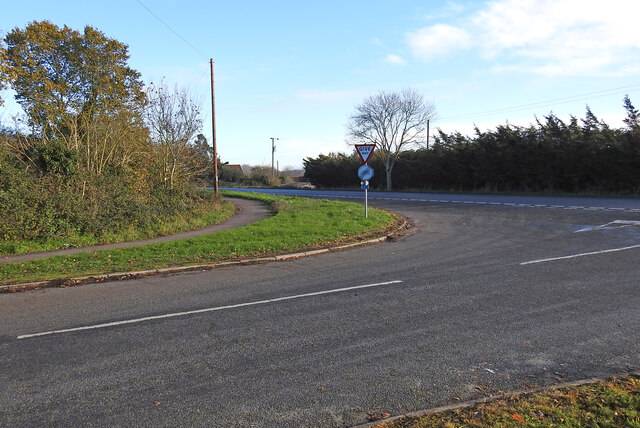
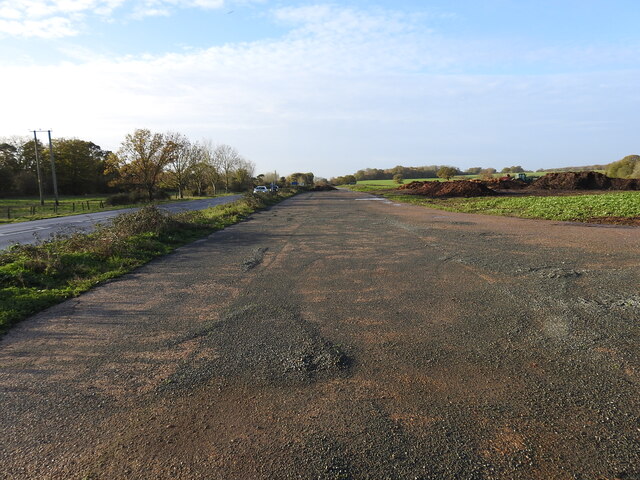
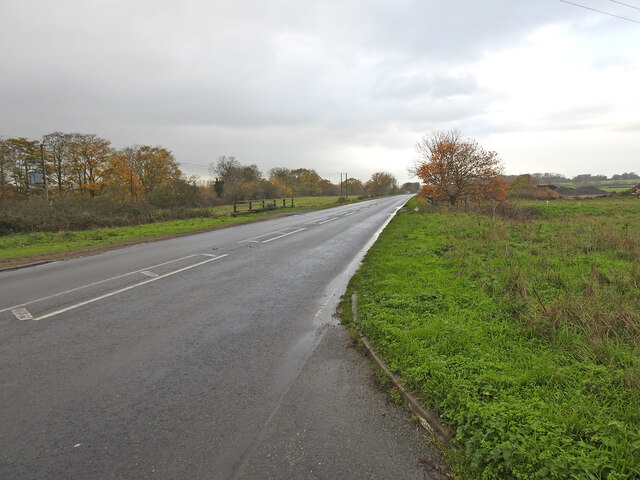
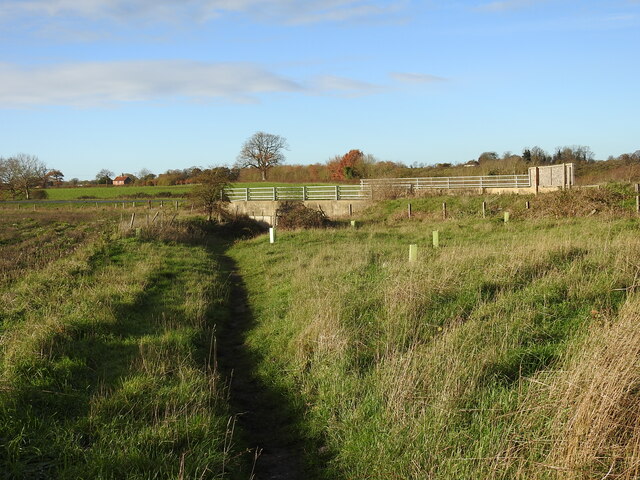
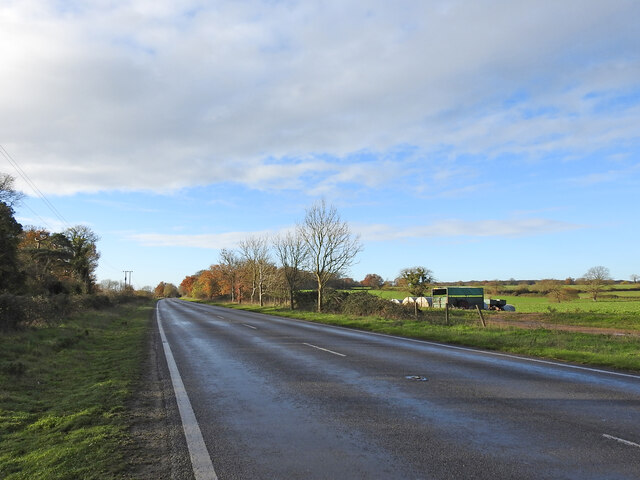
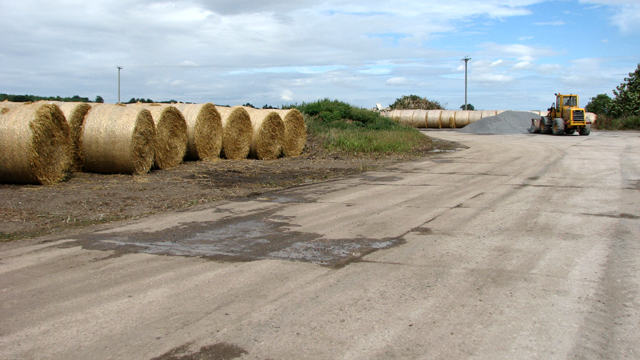
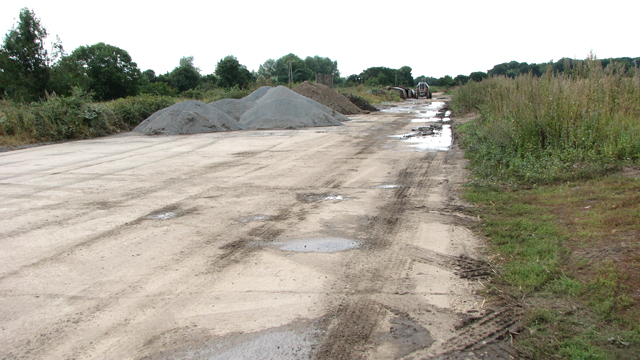
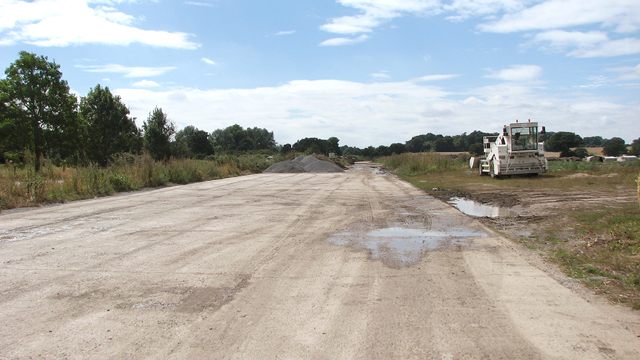




Buck Plantation is located at Grid Ref: TM2987 (Lat: 52.437022, Lng: 1.3818523)
Administrative County: Norfolk
District: South Norfolk
Police Authority: Norfolk
What 3 Words
///blatantly.weep.elated. Near Bungay, Suffolk
Nearby Locations
Related Wikis
Flixton, The Saints
Flixton is a village and civil parish located in the north of the English county of Suffolk. It is around 2 miles (3.2 km) south-west of Bungay in the...
Flixton Quarry
Flixton Quarry is a 0.7 hectares (1.7 acres) geological Site of Special Scientific Interest 3.75 miles (6.04 km) south-west of Bungay in the English county...
Flixton Priory
Flixton Priory was a nunnery under a prioress following the Augustinian rule, which formerly stood in the parish of Flixton in the north of the English...
Denton, Norfolk
Denton is a village and civil parish in the English county of Norfolk. Denton is located 3.8 miles north-east of Harleston and 13 miles south of Norwich...
RAF Bungay
Royal Air Force Bungay or more simply RAF Bungay (known locally as Flixton) is a former Royal Air Force station located 3 miles (4.8 km) south-west of...
Abbey Wood, Flixton
Abbey Wood, Flixton is an 18 hectare biological Site of Special Scientific Interest south—west of Bungay in Suffolk. It consists of two adjoining areas...
Angles Way
The Angles Way is a long-distance footpath in England, close to the River Waveney and River Little Ouse and thus close to the Norfolk/Suffolk border between...
Homersfield railway station
Homersfield was a railway station which served the village of Homersfield in Suffolk, England, although the station was located in Alburgh, across the...
Nearby Amenities
Located within 500m of 52.437022,1.3818523Have you been to Buck Plantation?
Leave your review of Buck Plantation below (or comments, questions and feedback).
